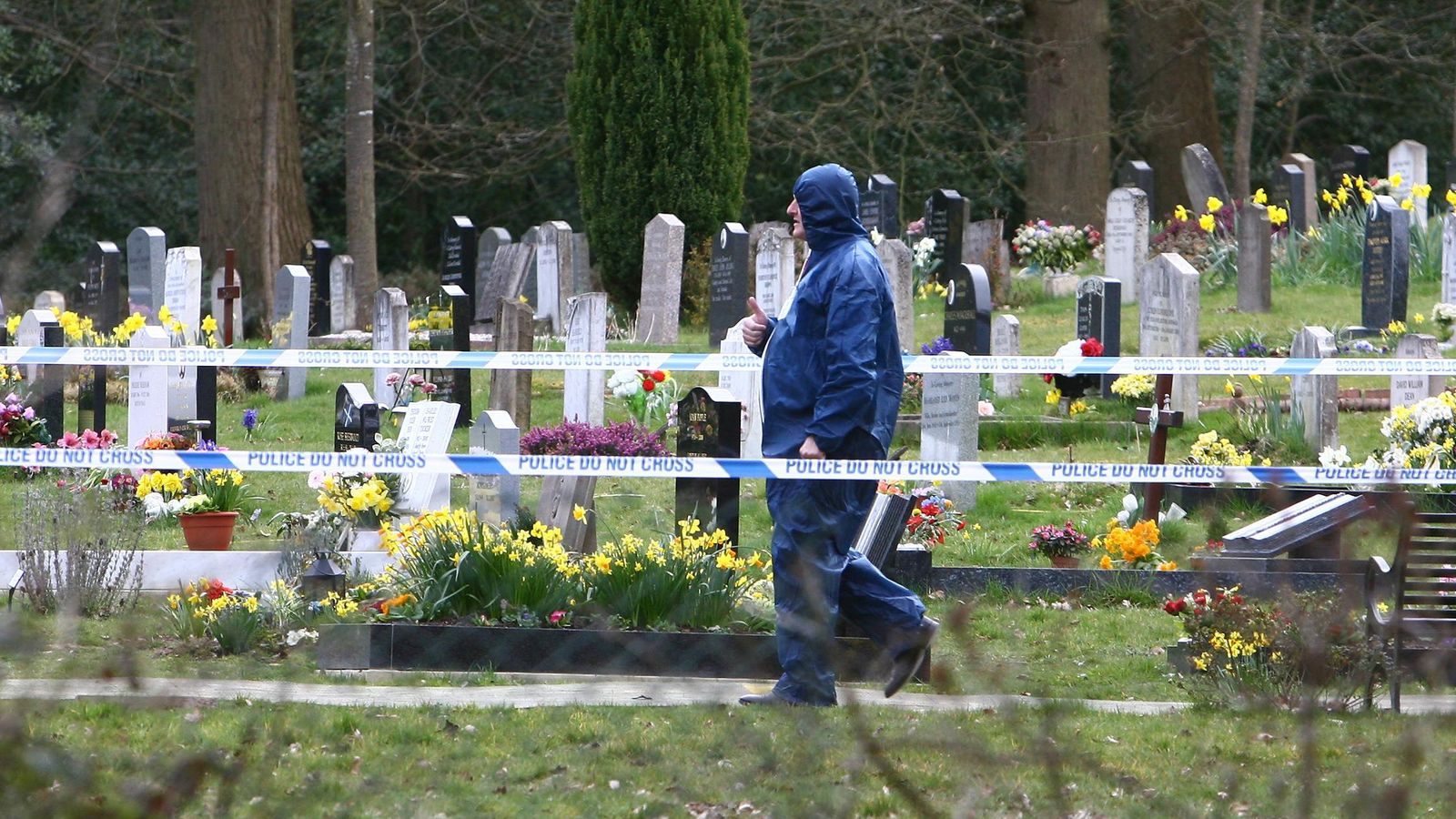The murder of a man remains unsolved 30 years after his headless torso was found in a West Sussex village.
Monday marks three decades since the human remains were discovered in the small village of Bolney but police still do not know who the victim was.
Theories about the killing have ranged from London gangsters to East German fraudsters to construction workers.
The murder was made even more confusing when police discovered the body had been dressed after death in a shirt and trousers belonging to someone else.
Penuel Ellis-Brown, who has lived in the village for 32 years, said it is “very sad” that nobody has ever been brought to justice over the killing.
The mystery began on 11 October 1991, when a body was found in undergrowth in Broxmead Lane.
The victim’s head and hands had been removed, and police were only able to identify him as a white male with a small star-shaped mole on his right thigh and a protruding belly.
Police forces: Hundreds of sexual misconduct allegations made against serving officers, data reveals
Tewkesbury stabbing: Man in court accused of murdering his neighbour and attempting to kill another
Police officer on trial accused of raping and impregnating woman after night out drinking
Word quickly spread through Bolney, with the murder prompting curiosity and shock among residents, Ms Ellis-Brown said.
She added: “With hindsight I wonder whether whoever disposed of the body knew it was a fairly quiet, off-the-beaten track area so had been in the area before.
“It is very sad that no-one was ever caught for the murder or that the body has never been identified.”
An initial murder inquiry was led by then detective chief inspector Peter Kennett, who would later become known for catching Sarah Payne’s killer, Roy Whiting.
In 2019, the retired Mr Kennett said he had been about to set off for a colleague’s retirement party when the phone rang to tell him of the discovery.
“I lived a short drive from Bolney and drove straight to the scene. By this time it was dark and tipping it down with rain.
“Because of the atrocious weather, there was not much that could be done other than secure the scene and wait for the morning.”
Mr Kennett had never had to investigate a torso murder before, as such things were uncommon in Britain at the time.
“Not knowing who the identity of the victim is a serious drawback to a murder investigation,” he said.
“All we had was a body, and a deposition site in the middle of nowhere. No nearby houses. No passing traffic. It was a fluke miracle that he was found so soon.”
The case was looked at afresh in 2008 and taken on by Andy Griffiths, who was in charge of Sussex Police’s major crime team.
Fresh analysis revealed that the victim was aged between 30 and 40 and was about 5ft 6in to 5ft 8in tall.
Using forensic tools not available in 1991, Mr Griffiths’ team were also able to establish that the victim had a link to Bavaria in Germany.
He and colleagues went to Germany and put out appeals for information, but, despite three trips to the country, the identity of the Bolney torso remained a mystery.
One possibility was that the murder was linked to East German criminals who had emerged from behind the Iron Curtain when the Berlin Wall came down, Mr Griffiths said.
The body was found just a mile or so away from a house being rented by a German fraudster.
However, police confirmed that the widely publicised theory has never been satisfactorily resolved.
Without a positive identification for the murder victim, Mr Griffiths said the case may never be solved.
“It is solvable but it needs that step forward,” he said.
Mr Kennett said the Bolney torso is “one of those cases that never goes away”.
Sussex Police said there have been no recent developments in the 30-year mystery but that the case is assessed every two years.
A force spokesman said: “This case has been exhaustively investigated over many years; there are no current lines of inquiry and no further investigation is taking place.
“Of course we would always consider any new information that might lead to new lines of inquiry.”






















